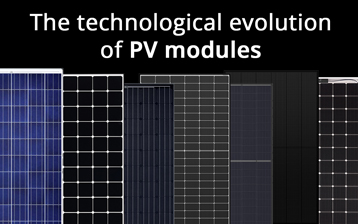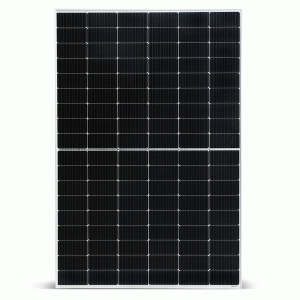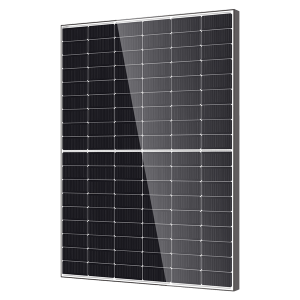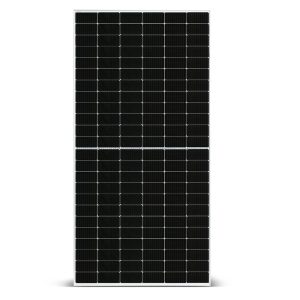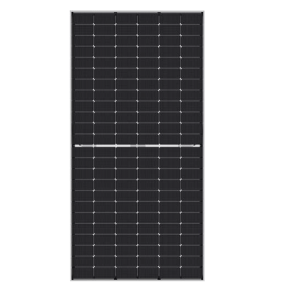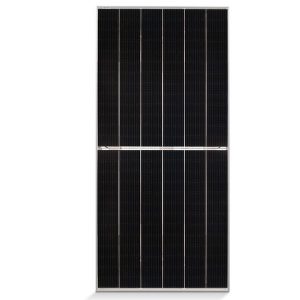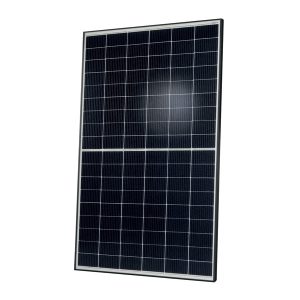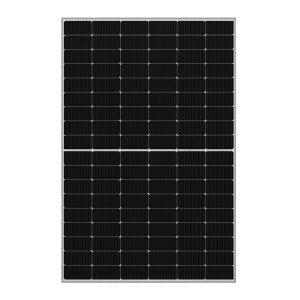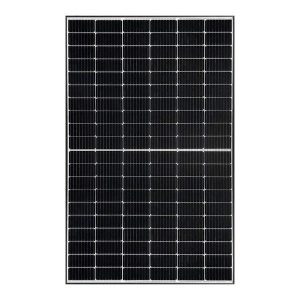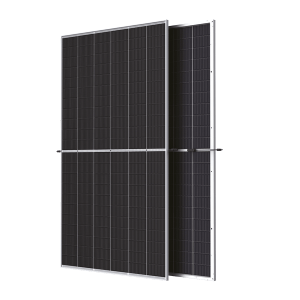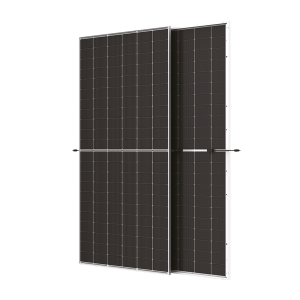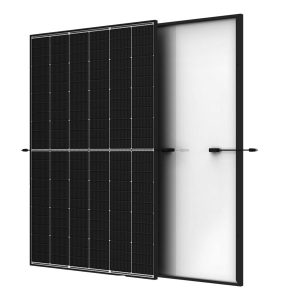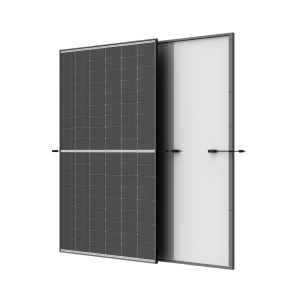Photovoltaic modules, like technological products related to electronics, are constantly the subject of advanced research and progressive improvements, sometimes even with radical steps.
The dominance of mono cells
Mono-crystalline cells, which until 2018 shared the market equally with poly-crystalline ones, have quickly gained the upper hand with a share of 88% today on a market of about 130 GW.
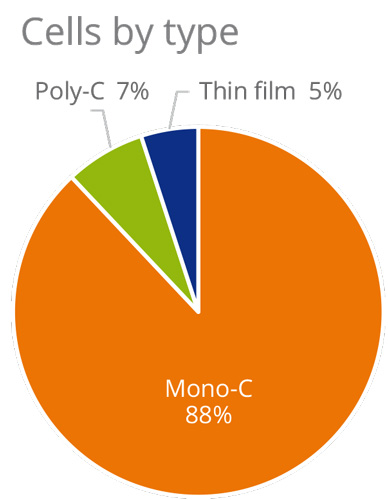
The size of the cells
The cells of the photovoltaic modules used by manufacturers have now abandoned the classic size of 156 mm in favor of larger cells: the result is a greater power of the photovoltaic module (even 600-700 W) and greater efficiency.
In the design phase, the maximum current that the inverter must admit at the input must be taken into account, certainly greater than that of a traditional module.
The “overlapping” cells
Some leading companies in the production of photovoltaic modules have developed products with a particular technology for connecting the cells in series (called tiling or paving technology).
In practice, strips of cells are superimposed on each other for a small portion and welded with particular processes, thus obtaining the series of cells. The salient features are:
- less susceptibility to partial shading of photovoltaic panels;
- greater use of the module surface;
- greater resistance of the cell.
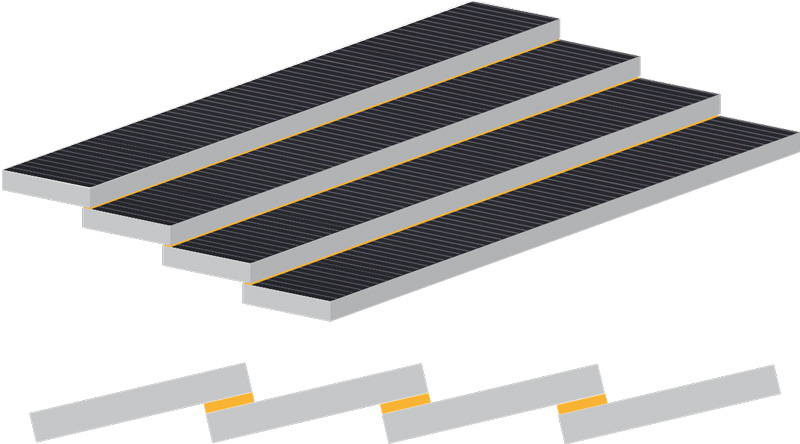
The transition to n-types
The most widespread technology among mono-crystalline cells is the p-type PERC, with a share of about 75%; also the n-type, always mono-crystalline, is seeing an important growth, with a share of about 14%, in continuous growth.
Many experts, using the indications of the manufacturers, estimate that between 2024 and 2027 the shift to n-type technology will take place to further increase the efficiency and power of photovoltaic modules.
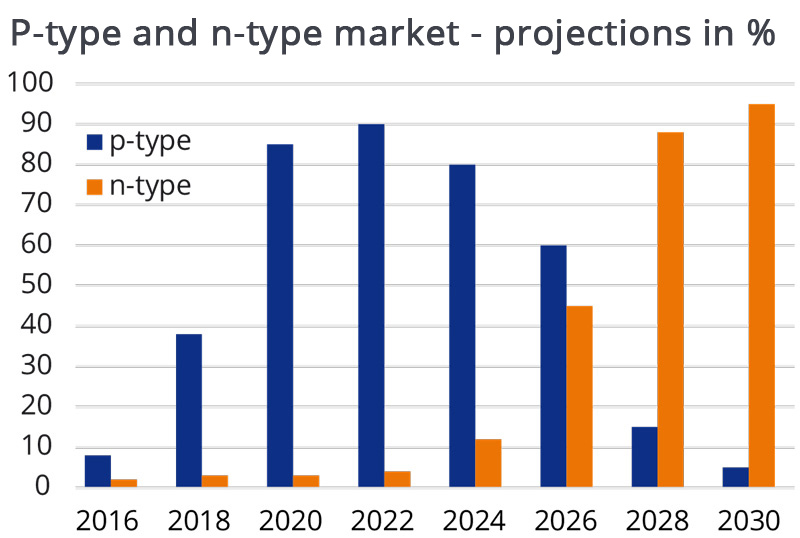
For the photovoltaic modules that VP Solar distributes, the continuous improvement of efficiency and power are common factors, always maintaining a very high quality; for more information contact us by writing to [email protected].
-
-
-
-
Hanwha Q CELLS, PV Modules
QCells: Q.PEAK DUO ML-G11S Series – mono – 132 celle – 490/510 Wp
Q.PEAK DUO ML-G11S series is a 132-cell, 6 × 22 half-cell monocrystalline photovoltaic module with Q.ANTUM DUO Z Technology
- efficiency higher than 21%
- 12-year product warranty and 25-year performance warranty
- In the Q.PEAK DUO ML-G11S+ SERIES version 25-year warranty on everything
- Available: from 490 to 510 Wp
SKU: n/a -
-
-
-
-
-




